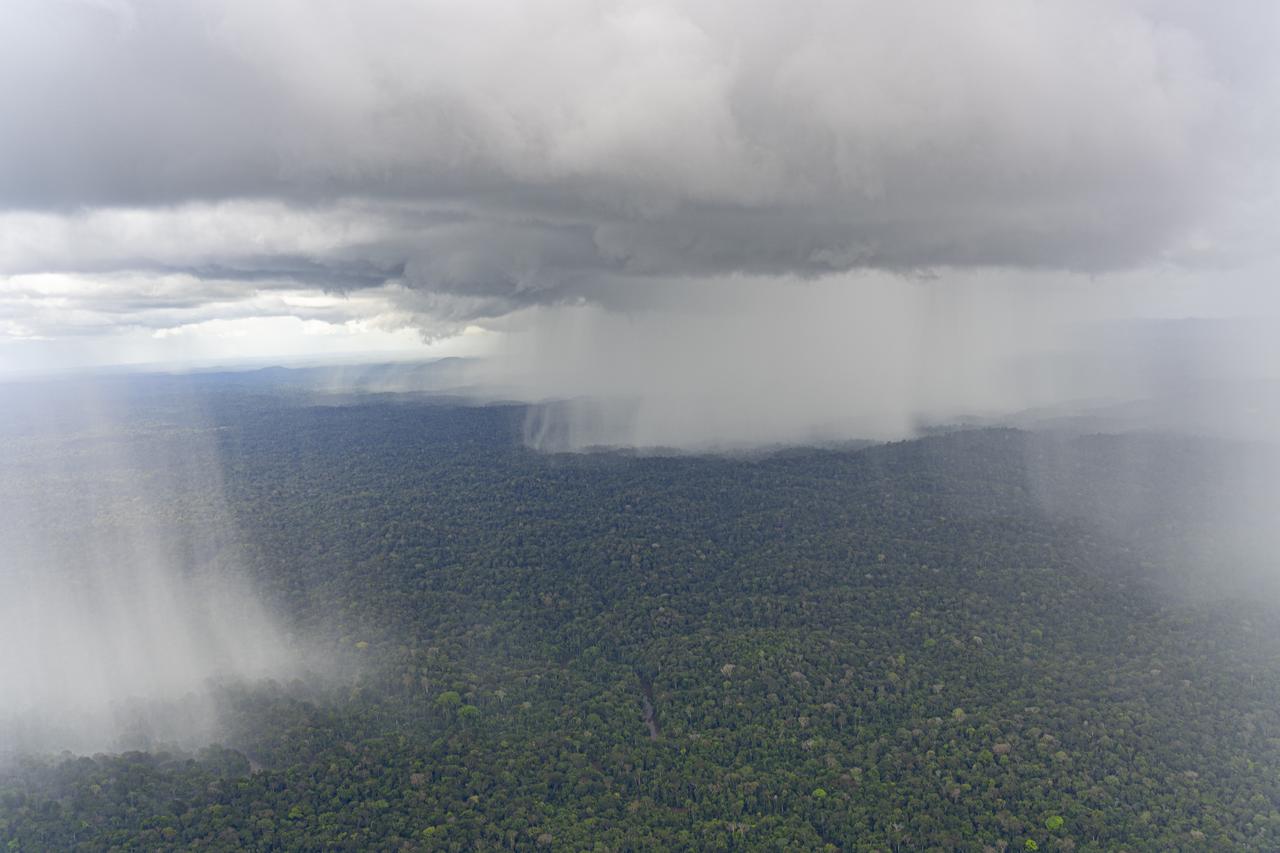Terraforming the Earth: Bioclimatic Corridors, Flying Rivers and Vegetal Calderas of Paul Elvere DELSART

What if the solution to our climate, health, and social crises didn’t lie in hard technology, but in a symbiotic alliance with nature? What if a sustainable future required imagining living infrastructures? This is precisely the vision offered by Paul Elvere DELSART, a transdisciplinary thinker behind a set of revolutionary ecological concepts: Bioclimatic Corridors, Flying Rivers, Vegetal Calderas, and a unique approach to soft geoengineering.
Bioclimatic Corridors: Highways for life These corridors are not merely ecological links connecting fragmented ecosystems. In Paul Elvere DELSART’s vision, they become true territorial innovation axes: CO₂ absorbers, microclimate generators, biodiversity vectors, and even catalysts for local social development. They enable both nature and human societies to breathe, move, and adapt.
Flying Rivers: The invisible arteries of the atmosphere Inspired by the dynamics of tropical forests, Flying Rivers are atmospheric moisture streams essential for climate regulation. Paul Elvere DELSART proposes to reactivate them through strategic plantations and restoration of continental water cycles. The goal: regenerate rainfall, stabilize temperatures, and combat desertification.
Natural and Soft Geoengineering: A Counter-model to aggressive climate manipulation In contrast to technocratic geoengineering projects (such as injecting aerosols into the stratosphere), Paul Elvere DELSART champions an organic approach, respectful of living systems. Targeted reforestation, regenerative soil management, and the reconfiguration of living landscapes—these are subtle but powerful interventions to restore planetary equilibrium.
Vegetal Calderas: The Climate lungs of tomorrow Imagine towering vertical plant structures—emitting life-enhancing frequencies and electromagnetic fields—shaped like forest craters, capable of capturing massive amounts of CO₂, generating fresh water through dew harvesting, and stabilizing regional climates. This is the idea of Vegetal Calderas: true ecological sanctuaries at the heart of soft geoengineering, designed as self-sufficient artificial ecosystems.
Vegetal Calderas: Climate and Energy generators Conceived as vertical green structures, Vegetal Calderas simultaneously serve agricultural, ecological, aesthetic, climatic, energetic, and therapeutic functions. Their effectiveness is based on:
- Vegetation density (climbing plants, fruit hedges, forest gardens), which promotes evapotranspiration, locally increasing atmospheric humidity.
- Architectural design that captures dew and air condensation, contributing to atmospheric water production in arid zones.
- Cosmo-telluric electromagnetic fields generated through radionics and geobiology principles, stimulating soil microbial life and the well-being of living beings.
- An autonomous energy mix (solar, wind, piezoelectric), powering sensors, water collection systems, and ecological monitoring devices.
From Caldera to Bioclimatic Corridor: The multiplier effect Strategically placed throughout territories, these Calderas become nodes in a living network, interlinked to form Bioclimatic Corridors. These corridors:
- Reconnect fragmented ecosystems, aiding wildlife movement and pollination.
- Stabilize local microclimates by regulating humidity, temperature, and soil regeneration.
- Revitalize rural landscapes, becoming catalysts for territorial autonomy and climate resilience.
Flying Rivers: Restoring continental atmospheric moisture Flying Rivers are atmospheric moisture flows fed by forests and wetlands. By multiplying evapotranspiration flows, Vegetal Calderas help reactivate these invisible rivers:
- By recreating vapor emission points, they densify circulating humid air masses.
- By realigning continental water cycles, they help regions—especially in the Mediterranean—recover natural rainfall patterns once lost.
Living Engineering in service of the Planet In summary, Vegetal Calderas are:
- Climate generators (microclimates, rain, shading)
- Living antennas (geobiological harmonization)
- Autonomy incubators (food, energy, water production)
- Dynamic nodes for reweaving the planet with life-supporting corridors
They initiate organic, non-invasive geoengineering, locally replicable and with deep territorial impact. Through their interconnection, Paul Elvere DELSART is redrawing tomorrow’s climate map—a planet transformed not by machines, but by strategically planted vertical forests. Why the media should take notice In a world saturated with high-tech solutions often inaccessible to the most vulnerable nations, Paul Elvere DELSART’s concepts represent a radical paradigm shift: co-creating with nature instead of controlling it. These ideas hold immense potential for public policy, education, land planning, and international cooperation.